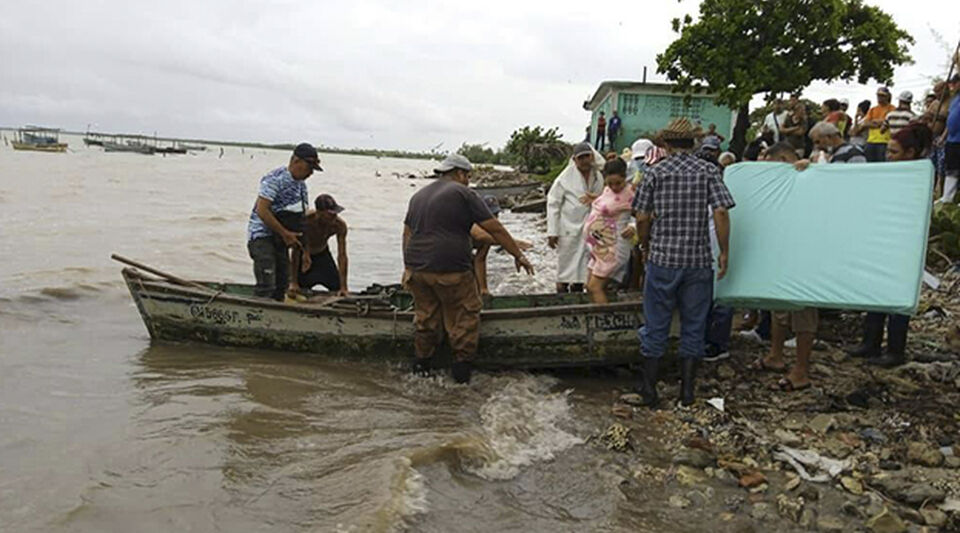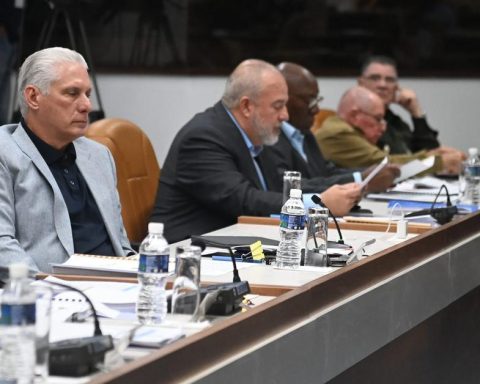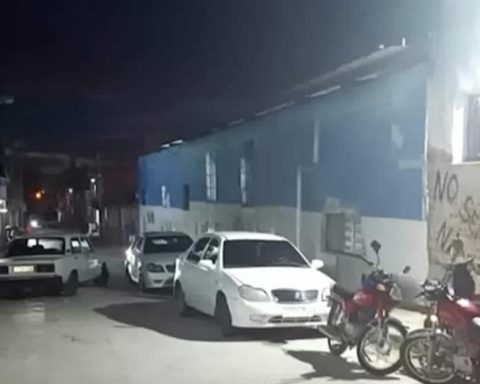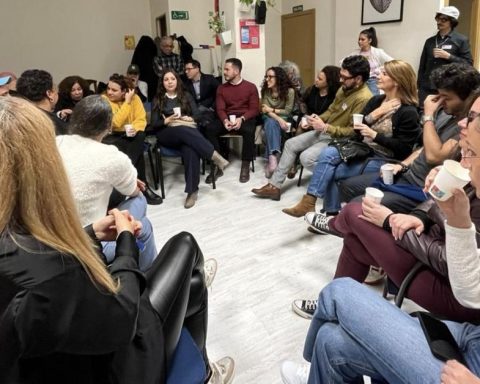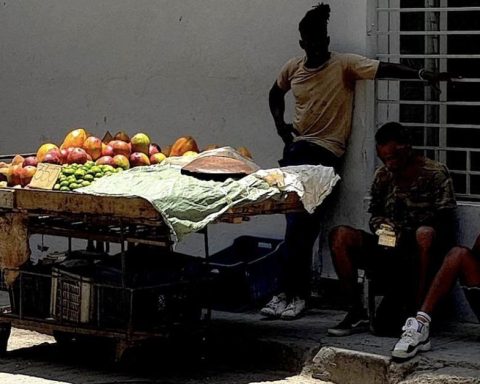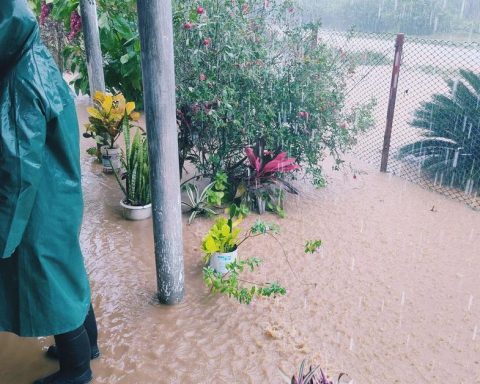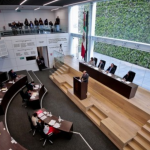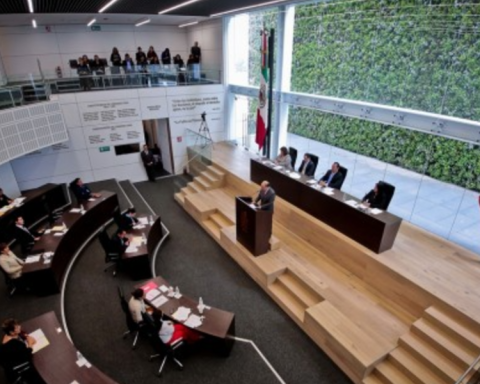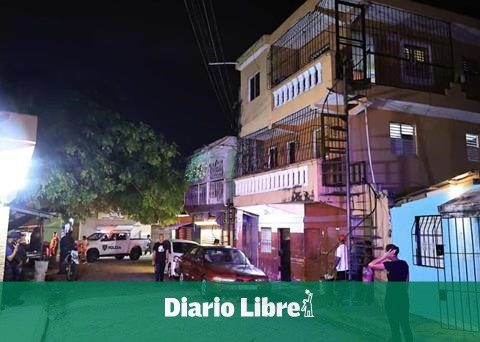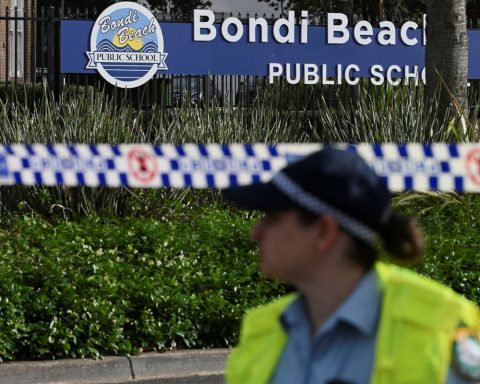Six people have lost their lives in Cuba as a result of the heavy rains that have fallen in recent days in the eastern part of the island, although the two main official media outlets have rejected headline with the news. Granma and cubadebate they have preferred to reserve the information for the subtitle and put it in large letters Intense rains in the east: Non-typical event for which we must prepare.
The note offers the balance of the damage that has occurred in each province, preceded by numerous paragraphs with the assessments of the authorities, headed by Miguel Díaz-Canel.
The deceased are two men in Granma, two in Camagüey, one in Las Tunas and another in Santiago de Cuba. The only identities that have come out for the moment are those of the Camagüey victims. One of them is José Vásquez Olivar, 56, a resident of the town of Senado, in Minas; that he drowned and was found in the Máximo Dam.
The other is Ramón Varona Leyva, 67 and originally from Haiti, in Santa Cruz del Sur, whose death is still being investigated.
Regarding material damage, the balance is disastrous, with Granma at the forefront, where there are more than 9,000 people affected. 145 homes and 118 “temporary facilities” also suffered damage, as the Government calls the precarious constructions that it erects after the passage of a disaster with the aim of provisionally housing those affected, but whose useful life ends up being extended eternally.
The most affected municipalities were Jiguaní (where one of the deceased resided), Yara, Manzanillo, Media Luna and Niquero. In addition, 105 communities were isolated –of which 10 continue in that situation–, 91 due to the flooding of the rivers and 14 due to landslides, affecting 18,585 people.
The rains, which have filled the reservoirs up to 95%, damaged roads and railways; but, above all, they left 125 communities without water, in which almost 85,000 people reside and nearly 1,700 customers are still without electricity. Finally, 4,795 hectares suffered from flooding and it is planned to plant some 2,000 of short-cycle products to try to alleviate the disaster.
In Camagüey, in addition to the two deceased, total and partial damages were quantified in 550 homes, 860 hectares of crops and 4,503 of sugarcane; and almost 90 kilometers of roads. On the other hand, the electrical service problems have already been resolved for all homes.
The same is happening in Las Tunas, where, in addition to resolving the power and telecommunications faults, the more than 1,500 evacuees have now been able to return to their homes. 76 communities were flooded and the same number of homes have total or partial damage, but there are more than a thousand flooded. In addition, 1,175 hectares have been spoiled.
Holguín has not had to regret the loss of human life, unless it has been reported to date, but more than a thousand people were evacuated -of which 200 are still sheltered-, around a thousand hectares are affected and there are some 224 houses with damage. The main precipitations occurred in the municipalities of Cueto and Mayarí. Finally, a deceased person was reported in Santiago de Cuba, without further details about his identity or place of origin. 1,700 people were evacuated, of which 35 are still safe, and 40 settlements were cut off, of which only two – in Guamá – were still in that situation on Monday. The incidents in services have already been resolved in a general way, with the exception of the water, which is cloudy and no chemicals have yet arrived to make it drinkable. Regarding agriculture, 2,676 hectares of crops have been lost.
“People did not fall apart, he replied,” Díaz-Canel enunciated as if there were another option for those who are now striving to recover normalcy as soon as possible. The leader assured that, after an extreme drought, these rains left floods that had not been seen “in the last 30 years.”
Díaz-Canel affirmed that the United Nations agencies that operate in Cuba and, for their part, Venezuela have offered their help, and asked those present to resolve the problems quickly: to resolve the water supply, to disseminate the numbers of bank accounts to collect donations, that it be evaluated with the public and private sector how to solve the housing and furniture problems generated, that it be planted taking advantage of “humid conditions”, that controlled sales be monitored to avoid speculation, that ” look for solutions” to respond to transport problems and thus up to an endless number of requests that will cost more to materialize than to quote.
Once the list was completed, the president praised the work of the Army and the Ministry of the Interior for the efforts made to evacuate thousands of people. “We worked in a very timely manner to avoid more deaths than we have had,” said Díaz-Canel, who did not announce any specific amount of money to fix the damage, but did say that everything that is fixed is so that it remains “better than it was.”
________________________
Collaborate with our work:
The team of 14ymedio He is committed to doing serious journalism that reflects the reality of deep Cuba. Thank you for accompanying us on this long road. We invite you to continue supporting us, but this time becoming a member of our newspaper. Together we can continue transforming journalism in Cuba.
